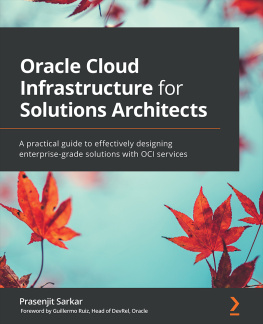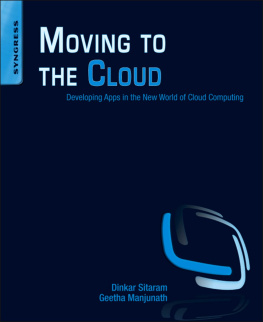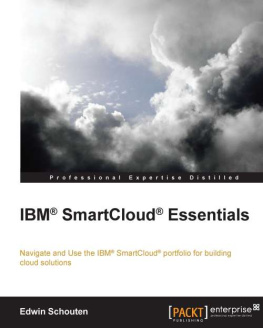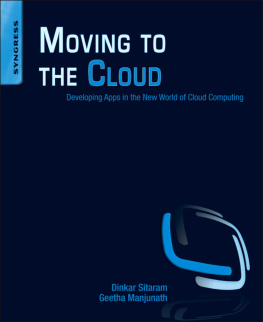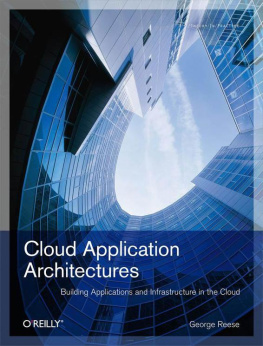Preface
In 2003, I jumped off the entrepreneurial cliff and started the company Valtira. In a gross oversimplification, Valtira serves the marketing function for companies in much the same way that SalesForce.com serves the sales function. It does online campaign management, customer relationship management (CRM) integration with marketing programs, personalized web content, and a lot of other marketing things. Valtiras business model differed in one key way from the SalesForce.com business model: the platform required you to build your website on top of the content management system (CMS) at its core.
This CMS requirement made Valtira much more powerful than its competition as a Software as a Service (SaaS) marketing tool. Unfortunately, it also created a huge barrier to entry for Valtira solutions. While many companies end up doing expensive CRM integration services engagements with SalesForce.com, you can get started on their platform without committing to a big integration project. Valtira, on the other hand, demanded a big web development project of each customer.
In 2007, we decided to alter the equation and began making components of the Valtira platform available on-demand . In other words, we changed our software so marketers could register via the Valtira website and immediately begin building landing pages or developing personalized widgets to stick on their websites.
Our on-demand application had a different risk profile than the other deployments we managed. When a customer built their website on top of the Valtira Online Marketing Platform, they selected the infrastructure to meet their availability needs and paid for that infrastructure. If they had high-availability needs, they paid for a high-availability managed services environment at ipHouse or Rackspace and deployed our software into that infrastructure. If they did not have high-availability needs, we provided them with a shared server infrastructure that they could leverage.
The on-demand profile is differenteveryone always expects an on-demand service to be available, regardless of what they are paying for it. I priced out the purchase of a starter high-availability environment for deploying the Valtira platform that consisted of the following components:
A high-end load balancer
Two high-RAM application servers
Two fast-disk database servers
Assorted firewalls and switches
An additional half-rack with our ISP
Did I mention that Valtira is entirely self-funded? Bank loans, management contributions, and starter capital from family is all the money we have ever raised. Everything else has come from operational revenues. We have used extra cash to grow the business and avoided any extravagances. We have always managed our cash flow very carefully and were not excited about the prospect of this size of capital expense.
I began looking at alternatives to building out my own infrastructure and priced out a managed services infrastructure with several providers. Although the up-front costs were modest enough to stomach, the ongoing costs were way too high until we reached a certain level of sales. Thats when I started playing with Amazon Web Services (AWS).
AWS promised us the ability to get into a relatively high-availability environment that roughly mirrored our desired configuration with no up-front cash and a monthly expense of under $1,000. I was initially very skeptical about the whole thing. It basically seemed too good to be true. But I started researching....
Thats the first thing you should know about the cloud: But I started researching. If you wanted to see whether your application will work properly behind a high-end load balancer across two application servers, would you ever go buy them just to see if it would work out OK? I am guessing the answer to that question is no. In other words, even if this story ended with me determining that the cloud was not right for Valtiras business needs, the value of the cloud is already immediately apparent in the phrase, But I started researching.
And I encountered problems. First, I discovered how the Amazon cloud manages IP addresses. Amazon assigns all addresses dynamically, you do not receive any netblocks, andat that timethere was no option for static IP address assignment. We spent a small amount of time on this challenge and figured we could craft an automated solution to this issue. My team moved on to the next problem.
Our next challenge was Amazons lack of persistent storage. As with the issue of no static IP addresses, this concern no longer exists. But before Amazon introduced its Elastic Block Storage services, you lost all your data if your EC2 instance went down. If Valtira were a big company with a lot of cash, we would have considered this a deal-breaker and looked elsewhere.
We almost did stop there. After all, the Valtira platform is a database-driven application that cannot afford any data loss. We created a solution that essentially kept our MySQL slave synced with Amazon S3 (which was good enough for this particular use of the Valtira platform) and realized this solution had the virtue of providing automated disaster recovery.
This experimentation continued. We would run into items we felt were potential deal-breakers only to find that we could either develop a workaround or that they actually encouraged us to do things a better way. Eventually, we found that we could make it all work in the Amazon cloud. We also ended up spinning off the tools we built during this process into a separate company, enStratus.
Today, I spend most of my time moving other companies into the cloud on top of the enStratus software. My customers tend to be more concerned with many of the security and privacy aspects of the cloud than your average early-adopter. The purpose of this book is to help you make the transition and prepare your web applications to succeed in the cloud.
Audience for This Book
I have written this book for technologists at all career levels. Whether you are a developer who needs to write code for the cloud, or an architect who needs to design a system for the cloud, or an IT manager responsible for the move into the cloud, you should find this book useful as you prepare your journey.
This book does not have a ton of code, but here and there I have provided examples of the way I do things. I program mostly in Java and Python against MySQL and the occasional SQL Server or Oracle database. Instead of providing a bunch of Java code, I wanted to provide best practices that fit any programming language.



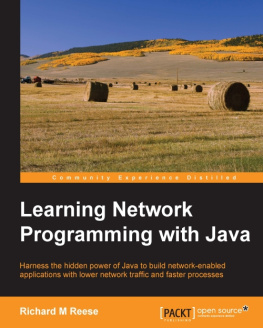
![Reese - Java 7 new features cookbook: over 100 comprehensive recipes to get you up-to-speed with all the exciting new features of Java 7: [quick answers to common problems]](/uploads/posts/book/137358/thumbs/reese-java-7-new-features-cookbook-over-100.jpg)



